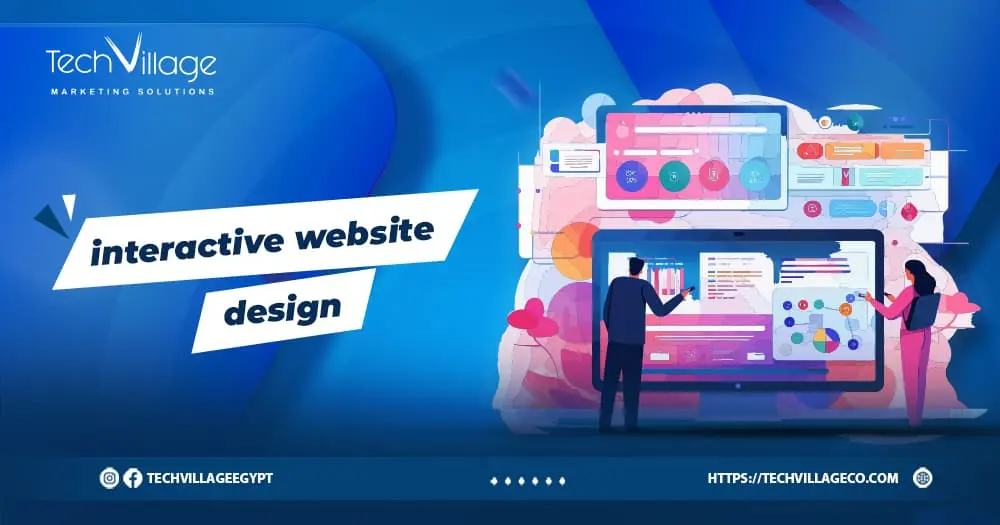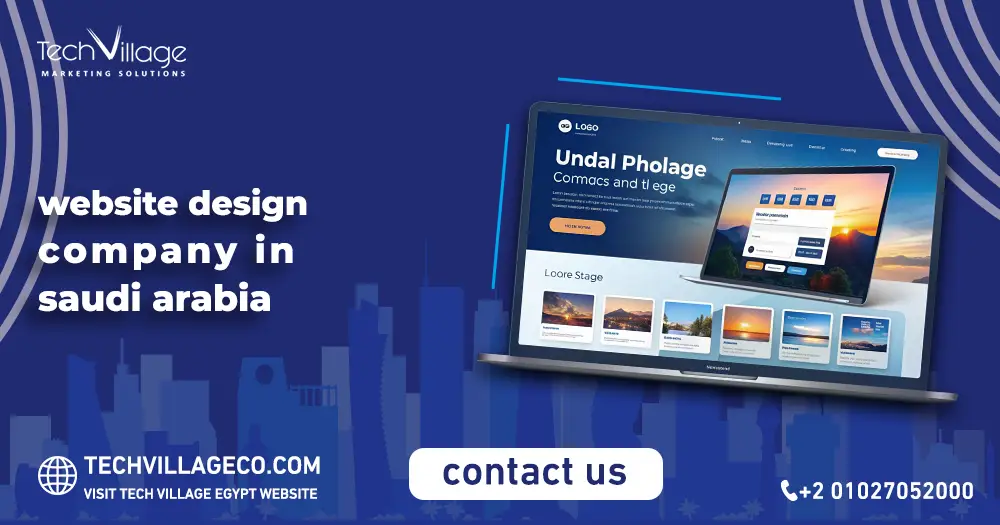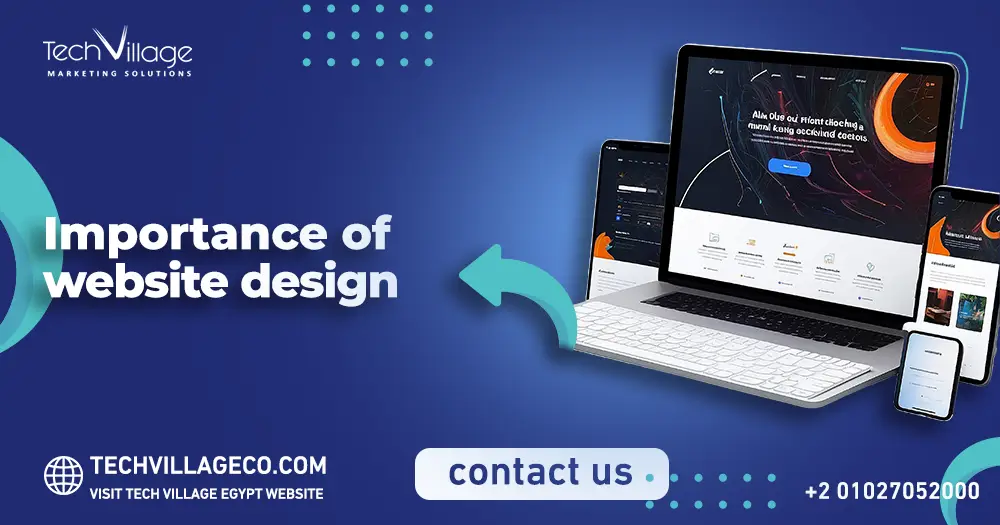interactive website design has become a cornerstone of modern web development, transforming static pages into dynamic, engaging experiences for users. By incorporating interactive elements such as animations, responsive design, user input forms, and multimedia content, businesses and organizations can create more engaging and personalized user experiences.
interactive website design not only enhances usability and accessibility but also fosters deeper user engagement, increases time spent on the site, and encourages conversions. This introduction explores the principles and benefits of interactive website design, highlighting how it can elevate a brand’s online presence and create meaningful connections with its audience in the digital age.
Table of Contents
ToggleWhat is interactive design in a website?
interactive website design refers to the creation and implementation of elements that actively engage users and respond to their actions, enhancing their overall experience. Unlike static designs that offer limited user interaction, interactive website design incorporates dynamic features that make the website more engaging and user-friendly. Key aspects of interactive website design include:
- User Interface (UI) Elements: These include buttons, menus, sliders, and forms that users can interact with to navigate the website and perform specific tasks.
- Animations and Transitions: Smooth animations and transitions that respond to user actions, such as hovering over a button, scrolling through content, or clicking on elements, add a layer of interactivity and visual appeal.
- Responsive Design: Ensures that the website adapts to different screen sizes and devices, providing an optimal viewing and interaction experience across desktops, tablets, and smartphones.
- Multimedia Integration: Incorporating videos, audio, and interactive infographics to provide rich, engaging content that captures user interest and enhances the storytelling aspect of the website.
- User Feedback: Real-time feedback mechanisms such as form validations, progress bars, and confirmation messages that guide users through processes and enhance usability.
- Interactive Content: Elements such as quizzes, surveys, polls, and interactive maps that invite users to engage directly with the content, providing a more immersive experience.
- Personalization: Features that adapt content and interactions based on user behavior and preferences, offering a tailored experience that meets individual user needs.
Read also: How To Design An Interactive Website.
How to create an interactive website design?
Creating an interactive website design involves several key steps aimed at enhancing user engagement and usability. Begin with thorough research to understand your target audience and define clear objectives for the interactive elements. Design an intuitive user interface (UI) with easy-to-navigate menus, buttons, and forms that encourage user interaction.
Incorporate animations and transitions to add visual interest and guide users through the site smoothly. Use multimedia content like videos, audio, and interactive infographics to provide a richer experience. Implement real-time feedback mechanisms such as form validations, progress bars, and interactive notifications to enhance usability. Employ personalization to tailor content based on user behavior and preferences, creating a more relevant and engaging experience.
Read also: 2023 Website Design Trends.
What are the concepts of interactive design?
interactive website design revolves around several key concepts aimed at creating engaging, user-centric experiences. Central to this is user engagement, which involves designing elements that actively involve users, encouraging interaction and participation. Usability is another core concept, focusing on making the interface intuitive and easy to navigate.
Feedback mechanisms provide real-time responses to user actions, enhancing understanding and satisfaction. Responsiveness ensures that designs adapt seamlessly across various devices and screen sizes, offering a consistent experience. Animation and transitions are used to guide users and add visual appeal, making interactions smoother and more enjoyable.
Personalization tailors the experience based on user preferences and behaviors, increasing relevance and engagement. Finally, contextuality ensures that interactions are meaningful and appropriate to the user’s context, further enhancing the overall experience. Together, these concepts help create interactive designs that are not only functional but also engaging and enjoyable for users.
Here’s: Best Creative Agency Websites.
What are the stages of interactive design?
According to tech village. The stages of interactive website design involve a systematic process to create engaging and user-friendly interfaces. The process typically begins with research and discovery, where designers gather information about the target audience, user needs, and market trends. This is followed by conceptualization, where initial ideas and design concepts are developed through brainstorming and sketching.
Prototyping is the next stage, involving the creation of interactive models or wireframes that demonstrate the functionality and layout of the design. These prototypes are then tested during the usability testing phase, where real users interact with the design to identify any issues or areas for improvement.
Iteration is a crucial stage, where feedback from usability testing is used to refine and enhance the design. Once the design is finalized, it moves into development, where it is built and coded for functionality. Finally, implementation and launch see the design go live, followed by continuous evaluation and optimization to ensure it meets user needs and performs effectively.
Get to know: Digital Agency Website Design.
Why is interactive design important?
interactive website design is crucial because it significantly enhances user engagement and experience. By incorporating elements that respond to user actions, interactive design creates a dynamic and immersive environment that keeps users interested and involved. This not only improves usability, making websites and applications easier to navigate, but also increases user satisfaction by providing immediate feedback and personalized interactions.
interactive website design helps in building stronger connections with users, fostering loyalty and encouraging repeat visits. Additionally, it can lead to higher conversion rates, as engaging interfaces are more likely to persuade users to take desired actions, such as making a purchase or signing up for a service. In an increasingly digital world, interactive website design is essential for standing out in a competitive market, meeting user expectations, and driving business success.
Conclusion
In conclusion, interactive website design is a vital component of creating a compelling online presence that resonates with users. By integrating dynamic elements and interactive features, websites can offer a more engaging and user-friendly experience, fostering greater user satisfaction and loyalty. interactive website design not only improves usability and accessibility but also enhances the overall aesthetic appeal and functionality of a website.
As user expectations continue to evolve in the digital age, businesses and organizations must prioritize interactive design to stand out in a crowded online marketplace, drive user engagement, and achieve their digital marketing goals. Embracing interactive website design is essential for building lasting connections with users and ensuring long-term success in the digital landscape.
FAQ
How to make interactive websites?
Creating interactive website design involves a blend of strategic planning, design principles, and technical implementation to engage users effectively. To start, conduct thorough research to understand your target audience and define clear goals for interactivity. Design a user-friendly interface with intuitive navigation, incorporating elements such as buttons, menus, and forms that encourage user interaction. Use responsive design techniques to ensure the site functions well across all devices.
What makes a design interactive?
An interactive website design engages users by incorporating elements that respond to their actions and provide real-time feedback, creating a dynamic and engaging user experience. Key components of interactive design include user-friendly interfaces with intuitive navigation, responsive design to ensure functionality across all devices, and the use of animations and transitions to enhance visual appeal. Additionally, integrating multimedia content such as videos, audio, and interactive infographics can make the experience more engaging.

 AR
AR




